January 15, 2014–
Once World War II began, the British army moved the Gordonstoun School to Wales where Hahn met Lawrence Holt, the head of a large merchant-shipping firm. Holt’s company was affected greatly by the war’s battles in the North Atlantic. When his merchant ships were torpedoed by German U-boats, many of the sailors perished in the resulting survival situations. Holt suspected that the newer boats with engines and complex instruments had compromised the seamen’s ability to survive at sea. Before the use of these technologies, the men had developed a sense of wind and weather, a reliance on their own resources (physical, mental, and technical) and an almost spiritual sense of fellowship and interdependence. Holt was seeking a way to instill these lost characteristics into his sailors through some sort of training. Hahn seized the opportunity and invited Holt to join forces.
With Holt providing the funds, Hahn opened a new school—Outward Bound—at Aberdovey, Wales in 1941. The foundation story, perpetuated across Outward Bound schools is as follows:
In the early days of WWII, British merchant ships were being sunk by German submarines. The survivors would take to the lifeboats to often endure tremendous hardships in the North Atlantic. An unexpected phenomenon occurred with surprising frequency. The younger, fitter sailors were not faring as well as the older salts. Lawrence Holt, of the Blue Funnel Shipping Line, surmised that this unexpected outcome could be attributed to the experience of the older men. He sought to develop an educational process that might help the younger men “to arm the cadet against the enemies within—fear, defeatism, apathy, selfishness.” He sought out Kurt Hahn and the first Outward Bound courses began in 1941.
Holt insisted that the training “must be less of a training for the sea than through the sea, and so benefit all walks of life.” This has become the essence of the Outward Bound process today. Holt further insisted on calling the school Outward Bound.
The expression “outward bound” is used by mariners to describe the point when a ship leaves its moorings, committing itself and its crew to the unknown hazards and adventures of the open sea. Cutting people loose from the safe moorings of home, family, and familiar routines to grow through experiencing the unfamiliar, the difficult, and the adventurous is at the foundation of Outward Bound.
 Upon the opening of the school in 1941 Hahn said:
Upon the opening of the school in 1941 Hahn said:
“The purpose of Outward Bound is to protect youth against a diseased civilization. Three decays surround the modern young –decay of care and skill, decay of enterprise and adventure; decay of compassion. Without the instinct for adventure in young men any civilization, however enlightened, any state, however well-ordered must wilt and wither.”
Hahn believed education must encompass both the intellect and the character of a person. In creating the first Outward Bound school, he expanded the concept of experiential learning to include real experience to gain self-esteem, the discovery of innate abilities and a sense of responsibility toward others.
Kurt Hahn believed when people discover their inner-strength, their ability to lead, and their capacity to help others, the experience would forever change their lives for the better. This kind of self-discovery, driven by a love of adventure and a spirit of service, can do much more than benefit the people who experience it directly. What people learn about themselves and others through Outward Bound has the power to make the world a better place. In these challenging times, Kurt Hahn’s vision of learning through experience is as important as ever before.
Enthusiasm for the value of the Outward Bound experience led to the founding of the Outward Bound Trust in 1949. Since then, more than thirty schools have been founded on five continents: Europe, Africa, Australia, Asia and North America. Kurt Hahn remained active in the Outward Bound movement throughout his life.
photo by Steve Bing, 1969 Alum




